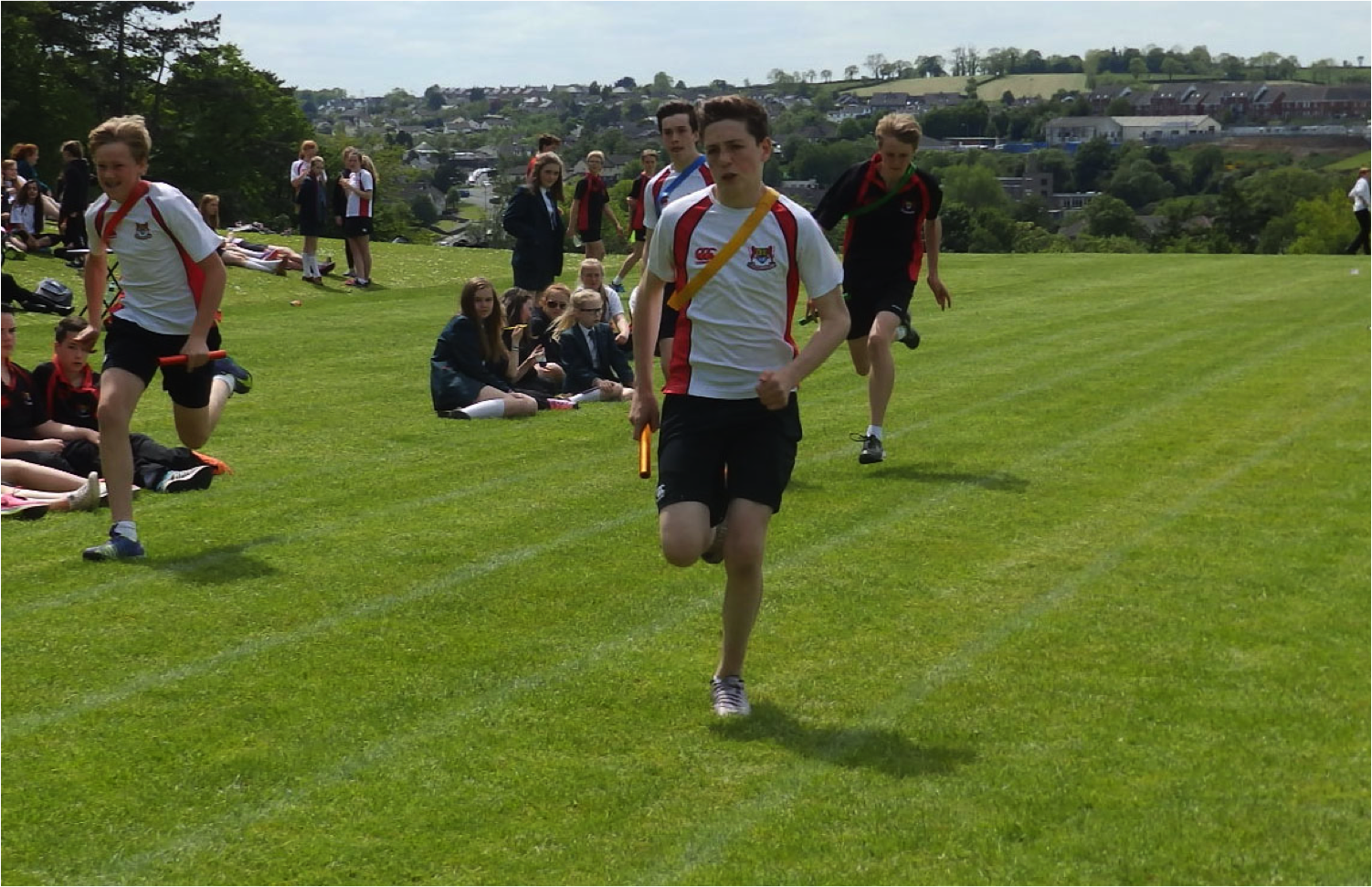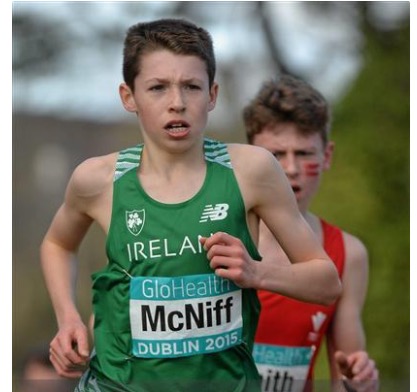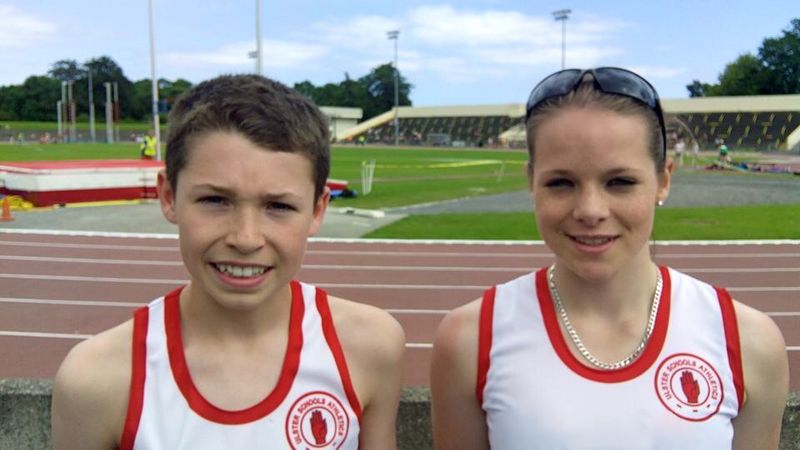Physical Education
Aims And Vision
‘To inspire young people to enjoy and participate in physical activity and to recognise the importance of an active and healthy lifestyle which continues into adulthood’
All students throughout year 8-14 are the given the opportunity to actively participate in a wide variety of PE activities, and we encourage all our students to participate in physical activity as we strive to meet our department objectives, which are:
- To encourage and develop skills in a variety of sporting and creative activities
- To provide for the growth and development of each child according to his / her ability
- This growth should include cognitive skills, general fitness, strength and flexibility
- Activities should be taught so that pupils develop and reach their own individual potential
- To encourage active participation in physical education, extra curricular activities & upon leaving school
- Activities should be enjoyable, challenging and motivational, allowing all pupils to achieve success
- Pupils should be offered a variety of different form of activity – creative, informal, formal & competitive
- To develop an awareness of others, cooperation with others, teamwork and self determination
- There should be opportunities to work individually, in pairs or groups, and encourage pupils to be leaders, followers or equals
- Pupils should be encouraged to give their best at all times and to behave in a responsible manner.

Magazine Articles
Banbridge Academy Magazine 2019-2020: P.E.Article
Key Stage 3
Year 8 – Students have 2 X 35 minute P.E. session and 1 X 100 minute games session per week.
P.E lessons are split into 4 blocks through the year when pupils taught in coeducational classes have access to our sports hall, gymnasium, fitness room & outdoor pitches for a wide variety of physical activities. These activities include badminton, tennis, athletics, softball, gymnastics, HRPE, fundamental movement skills and a wide variety of ball games.
During games sessions our traditional major sports are played during a 100 minute session on a Friday afternoon; hockey and netball – tennis and athletics for the girls, hockey and/or rugby – tennis, cricket and athletics for the boys. For games sessions the entire year comes together so the greater number of participants required for these team sports is available.
Year 9 – Students have 2 X 35 minute P.E. session and 1 X 100 minute games session per week.
P.E lessons are split into 4 blocks through the year when pupils taught in coeducational classes have access to our sports hall, gymnasium, fitness room & outdoor pitches for a wide variety of physical activities. These activities include badminton, tennis, athletics, softball, gymnastics, HRPE, fundamental movement skills and a wide variety of ball games.
During games sessions our traditional major sports are played during a 100 minute session on a Monday afternoon; hockey and netball – tennis and athletics for the girls, boys select to play hockey or rugby – tennis, cricket and athletics in the summer term. For games sessions the entire year comes together so the greater number of participants required for these team sports is available and some fixtures can be played.
Year 10 – Students have 1 X 35 minute P.E. session and 1 X 70 minute games session per week.
P.E lessons are split into 4 blocks through the year when pupils now taught in coeducational classes have access to our sports hall, gymnasium, fitness room & outdoor pitches for a wide variety of physical activities. These activities include badminton, tennis, athletics, softball, gymnastics, HRPE, fundamental movement skills and a wide variety of ball games.
During games sessions our traditional major sports are played during a 70 minute session on a Thursday afternoon; hockey, netball & recreational option – tennis, athletics & recreational option for the girls, boys select to play hockey or rugby or a HRPE/recreational option – tennis, cricket, athletics & recreational option in the summer term. For games sessions the entire year comes together so the greater number of participants required for these team sports is available and some fixtures can be played.
Key Stage 4
Year 11 – Students have a 1 X 100 minute games session per week.
During games sessions our traditional major sports are played during a 100 minute session on a Tuesday afternoon; hockey, netball & recreational option– tennis, athletics & multi activity for the girls, boys select to play hockey or rugby or a HRPE/recreational option – tennis, cricket,athletics & multi activity in the summer term. For games sessions the entire year comes together so the greater number of participants required for these team sports is available and some fixtures can be played.
Year 12, 13 & 14 – These students have one session of Physical Education a week, a 100 minute session on a Wednesday afternoon when a variety of activities are available. Participants in our major sports use this session for training and fixtures, while students who do not participate in our major sports have the opportunity to avail of a variety of social options. Our excellent facilities on site, Banbridge Leisure Centre and Havelock Park are all used during senior games, giving our students the best possible opportunities.
GCSE
This is a 2 year course with 4 periods in year 11 & 5 periods in year 12.
The course has a large physical component – Students are required to participate in and are assessed in 3 different sports – so students must be fit & healthy and able to actively participate in strenuous physical activity.
50% of the course is exam based & 50% practical based
Exam section (50%)
Looks at the theory of sport in the following 2 sections:
Factors underpinning health & performance
- The Body at Work
- Health & Lifestyle Decisions
- The Active leisure industry
Developing performance
- DevelopingPhysical fitness for performance
- Developing Skilled Performance
Practical Coursework (50%)
Students are required to participate in 3 sports from the following categories – considering rules, skills, tactics, fitness, preparation & attitudes.
Students are assessed in three individual performances in different physical activities from at least two of the categories below:
& the quality of their analysis and evaluation of their own and others’ performances.
- athletics activities;
- dance activities;
- games activities;
- gymnastics activities;
- outdoor adventure activities;

GCE A Level
GCE Sports Science and the Active Leisure Industry is made up of two parts; A/S & A2, delivered through 8 periods in year 13 and 9 in year 14. Students may take the AS as a stand-alone qualification if they wish. To get the full GCE students must complete both AS and A2. AS and A2 each comprise two units. There are four units in all.
Unit AS 1(60% of A/S-24%of A Level) develops students’ knowledge, understanding and skills involved in fitness and training. They administer a range of fitness tests and analyse the results. They devise a training programme and lead the sessions. This unit is internally assessed through a portfolio.
Unit AS 2 (40% of A/S-16%of A Level) introduces students to key concepts in health, fitness and lifestyle and explores the relationships between them. They study nutrition for health and exercise as well as components of fitness. They also analyze the health of the nation compared with other European countries. This unit is assessed by a written examination of short and extended questions and stimulus response questions.
Unit A2 1 (36% of A2) is designed to develop students’ higher level skills through greater depth, complexity, and application of knowledge and understanding. It is internally assessed and externally moderated through an internal assessment portfolio. This unit provides students with the opportunity to organise and run an active leisure event. A2 1 helps students to prepare for employment in this industry by giving them the opportunity to develop essential workplace business skills.
Unit A2 2 (24% of A2) concentrates on examining the structure of the respiratory, circulatory, muscular and skeletal systems. Students learn about how these systems function during and after exercise, and at rest. They develop a knowledge and understanding of the structural apparatus of each system and discuss the functions. Students study how the acquisition of skills and the principles of learning are relevant to skilled performance. This unit is assessed by a synoptic written examination consisting of short and extended questions and stimulus response questions.

